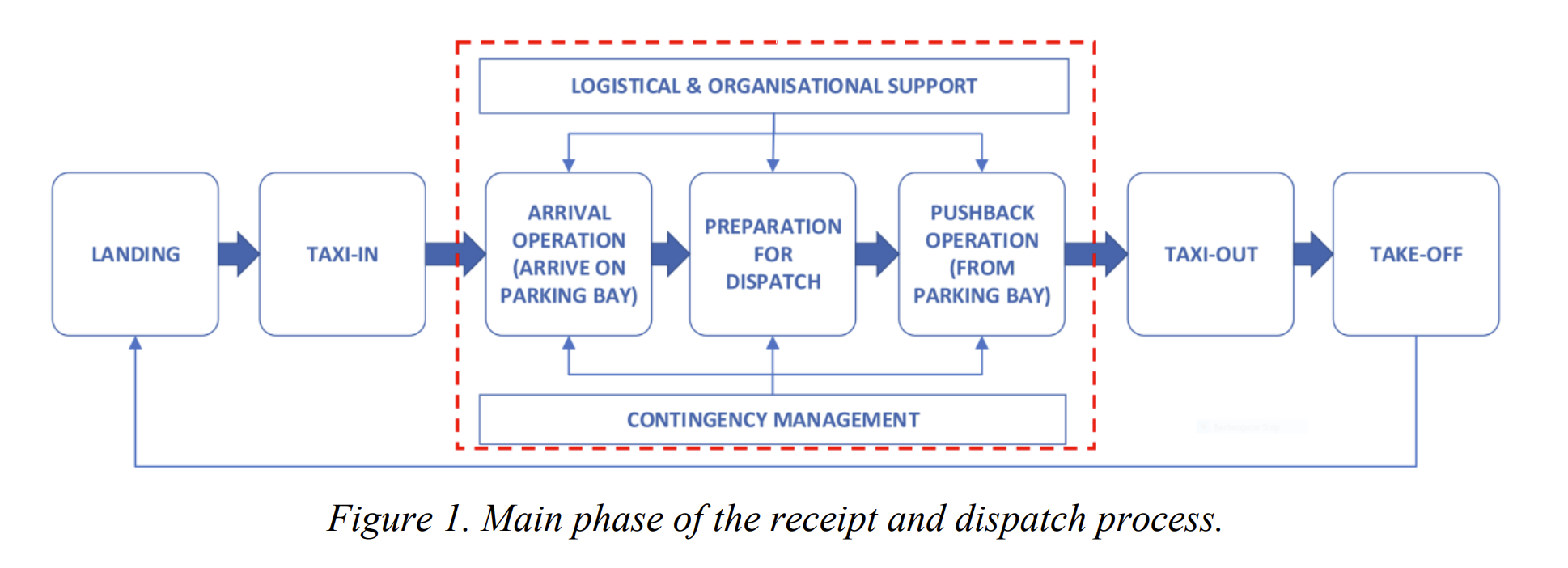
By Mark Peters (Qantas Engineering, Australia)
This year, we’ve faced our toughest challenge in the form of the global pandemic and the widespread associated effect on the airline industry.
From a personal perspective, my organisation (Qantas Engineering) had been working hard over the course of 2018 and 2019 to pursue a strategy of becoming a High Reliability Organisation. We had been collaborating with multiple external organisations and looking at ‘new’ methods to manage safety. For example check out this paper.

Unfortunately, many of the initiatives we were working on were put on hold in 2020 due to restrictions on financial and human resources. We have another difficult year ahead as we continue to overcome the challenges this pandemic has thrown at us. As we emerge from 2020, innovation and collaboration will be a key part of the recovery, as resourcing will continue to be a challenge as the industry focuses on reducing costs.
It is encouraging to see the work other organisations such as American Airlines are doing to innovate and investigate how to implement Safety II principles in their operation.
Not only is a Safety II approach the right path to take, but many airlines and safety bodies would have also seen a reduction in the number of incident reports submitted during 2020 due to lower activity levels, leading to smaller volumes of data being available for ‘traditional’ safety analysis. As such this is also a good time to reflect on some of the current accepted safety management practices, and how they might be strengthened.
So, are there any opportunities here to collaborate within the industry for mutual benefit?
Shared Models
One idea for collaboration is to develop a series of models of functional areas that are of interest to sector participants (Airlines, Air Navigation Service Providers (ANSPs), Airports and Aviation Safety bodies). FRAM is a tool that has successfully been used in many studies in aviation and across many countries (Patriarca et al 2020; Tian & Caponecchia, 2020).
The concept would be similar in principle to the UK CAA Significant 7 (Sig 7) series of Bow Ties developed for priority risks in aviation, in that a library of FRAM model templates of key airline operational functions is developed. Models can then be adapted by organisations to their needs. Researchers could assist with creation of the templates and associated semi-quantitative tools/dashboards (good potential projects for students)!
A further extension of the shared model concept would be where input data could be obtained across multiple organisations (e.g. airline, airport authority and ANSP) and fed into a model to reflect the potential for variability in the system of operation at a particular location under different scenarios. This would be of benefit to airlines and ANSPs operating across multiple sites/environments, and for airport authorities to consider potential variability associated with different operating modes.
Collaboration
While there would be a number of challenges to implementing the above or similar ideas, if there is any interest in collaborating on areas of mutual benefit, I would be happy for people (industry and researchers) to contact me at mpeters@qantas.com.au
